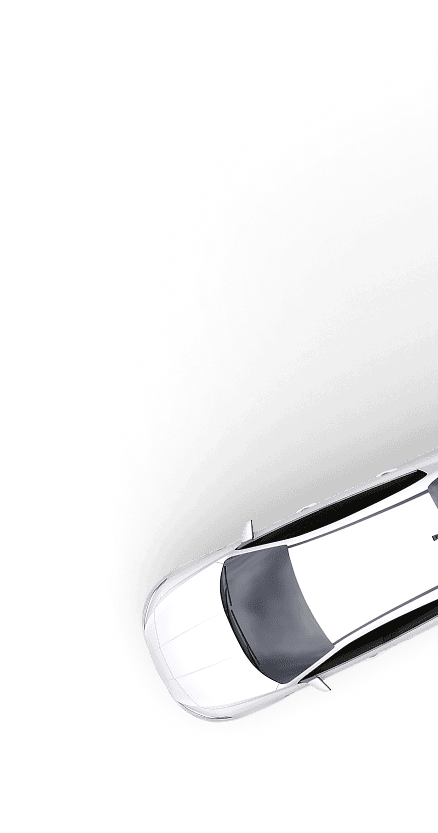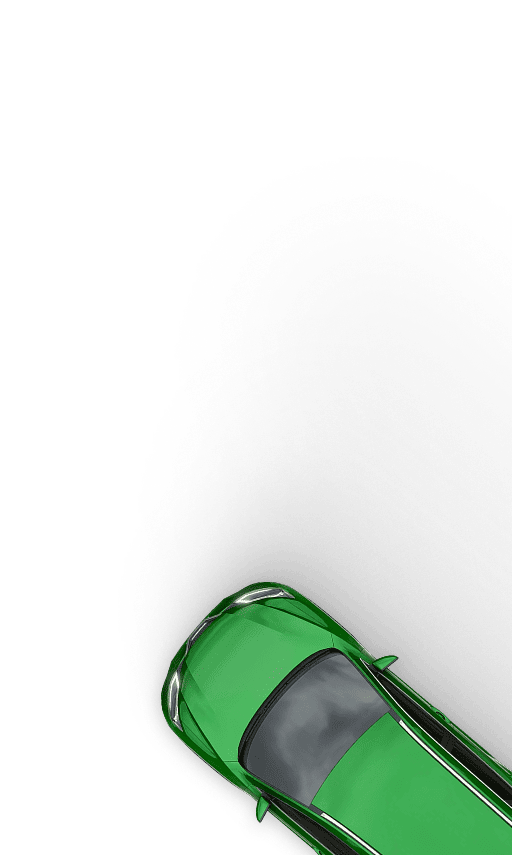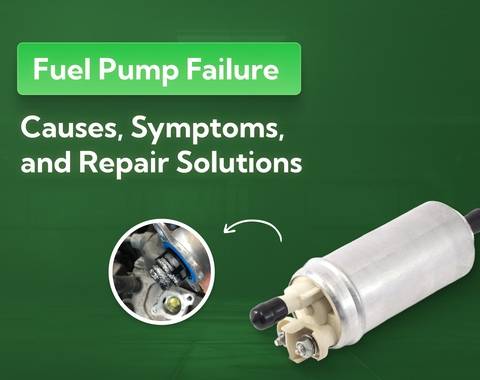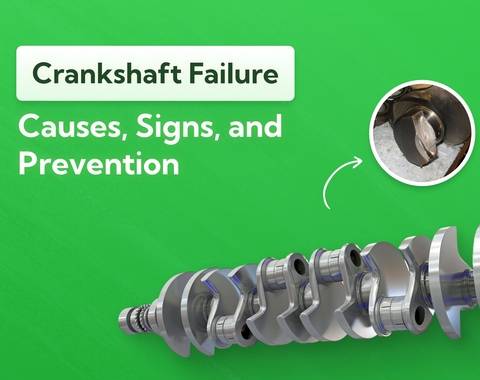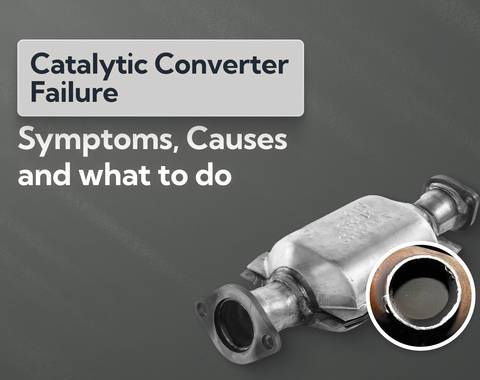How to Check if a Car Has Been in an Accident
Worried a used car might have hidden accident damage? Our step-by-step guide shows you how to check accident history using DVLA records and HPI checks, plus where to spot tell-tale signs during inspection. That way, you avoid costly mistakes and buy with confidence.
Last updated: 13th October, 2025

Award-winning CEO driving growth and social impact across automotive, recycling, and technology-led enterprise platforms.
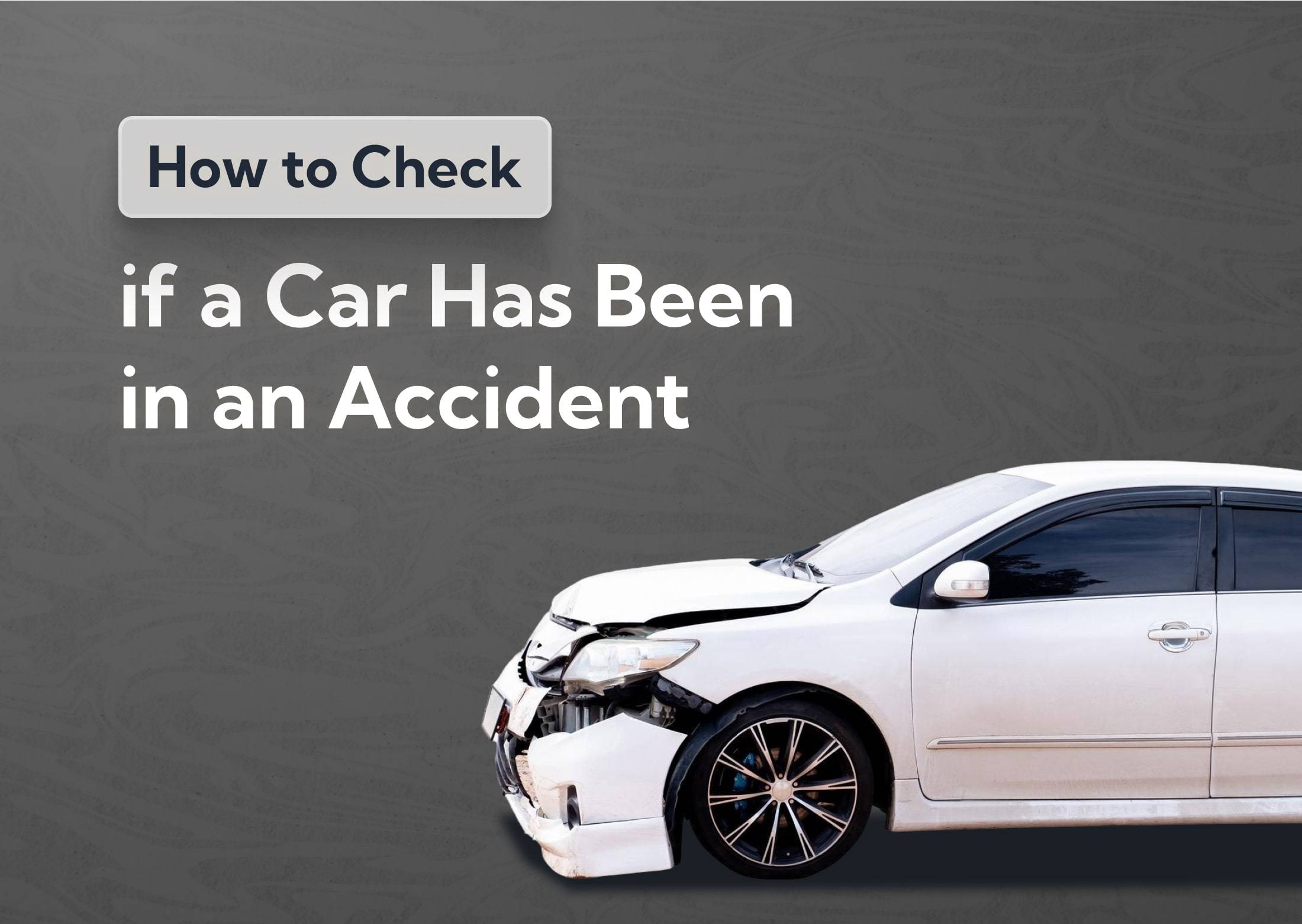
Listen to this story
If you're in the market for a used car, its accident history is one of the most important factors to consider. A car that's been in an accident (or multiple) is a lot more likely to have hidden damage and ongoing issues that you won’t see right away.
While we'd love to think everyone would be honest about their vehicle's condition and history, there's no guarantee on that. Not to mention, there could be underlying issues the seller isn't even aware of themselves.
If you're buying a used car, this guide is here to walk you through the best ways to check if it's been in an accident, so you can make the most informed purchase possible.
What's in this article
- 1. Signs a car may have been involved in an accident
- 2. Tools needed to inspect a car for accident damage
- 3. Online vehicle check services to verify a car's accident history
- 4. How VIN checks help reveal a car's accident history
- 5. Are there specific areas on a car more likely to show accident signs?
- 6. How to tell if the car's paint is original
- 7. Signs of frame damage
- 8. Mismatched parts and accident repairs
- 9. How do undercarriage inspections reveal accident damage?
- 10. Can a mechanic help me determine if a car has been in an accident?
- 11. Which documents should I review for accident information?
- 12. Questions to ask the seller about the car's history
- 13. The bottom line
Signs a car may have been involved in an accident
When you want to see whether a car has been involved in an accident, there are several signs to look for:
- Cracks in the bumper
- Misaligned panels or doors
- Car body filler
- Mismatched paintwork
- Bubbly or rough paint texture
- Uneven tyre wear
- Visible frame or structural damage
- Signs of previous repairs or replaced parts
- Welding marks in the engine bay, boot, or under the carpet mats
- Non-original hinges and bolts (especially a different colour or type)
- Split airbag seams or repainting around the airbag casing
- Suspension issues (e.g., bouncing excessively or an uneven ride height)
- Engine faults
When you’re inspecting the vehicle, it's absolutely critical you look at both the exterior and interior for any of these signs. Lots of them are easy to miss, especially if you're not familiar with what a car looks like after an accident.
Tools needed to inspect a car for accident damage
You don't need any fancy or expensive tools to check if a car has been in an accident. Let's take a look at the different items you'll need to conduct a thorough inspection for the abovementioned signs:
- Flashlight (to inspect hard-to-see places like the engine bay)
- Mirror on extendable rod (to inspect under the car and behind panels)
- Paint thickness gauge (to identify uneven, potentially repainted areas)
- OBD-II scanner (to check for fault codes in the car's computer system)
- Tyre tread depth gauge (to check for uneven tyre wear)
- Panel alignment tool (to check if body panels are properly aligned)
- Jack and stands (to get a better view underneath the car)
On top of that, online services are there so you can check the car's vehicle history report and get a professional inspection done by a mechanic (more on this below).
Online vehicle check services to verify a car's accident history
Now...you should always check for accident damage when buying a car. That's how you know if you're getting a quality vehicle that's worth the price. It's also how you estimate what kind of future maintenance will come with owning that car.
You can use several different online tools to check your accident history. The two best are the DVLA vehicle information check (free) and the HPI® Check (premium).
- DVLA vehicle information check: The DVLA provides basic information about a vehicle, including its make, model, tax status, and MOT history. It's a free service that's useful for getting an overview of the vehicle's condition.
- HPI Check®: The HPI Check identifies whether a vehicle is stolen, written off, or has outstanding finance. It also catches mileage discrepancies, changes in ownership, and several other data points. Plus, all the data in the report is backed by a £30,000 data guarantee.
Unfortunately, even the most reliable vehicle history checkers can only identify damage that's been reported to insurance companies as a write-off. So, you'll only see something if you're buying a Category A, B, C, D, S or N vehicle. If the accident was smaller (or simply not reported), you're on your own.
How VIN checks help reveal a car's accident history
A vehicle identification number (VIN) uniquely identifies a car. It's like the fingerprint of the vehicle world. When you know the car's VIN, you can easily find out its history using tools like HPI.
That’s where you get a comprehensive report including things like:
- Accident history
- Damage, repair, and maintenance records
- Recall information
- Odometer readings
- Ownership details
- Theft records
These records come from insurance companies, repair shops and government agencies. The service compiles them into a clear history of collisions the car has been involved in, as well as red flags that it was in one that went unreported.
Before you buy a used car, always run a VIN check. They’re less than £20 and might very well save you from buying a huge money pit.
Are there specific areas on a car more likely to show accident signs?
The front and rear bumpers, body panels, doors, hood, trunk and fenders are more commonly damaged in accidents than other areas of the vehicle. These areas are the first point of impact during most collisions and, therefore, would undergo repairs or replacement afterwards.
By extension, the paint job is also a common indicator. Whenever a car makes direct contact with another object, scratches, dents, and other marks leave evidence of the event.
Depending on how serious the accident was, a vehicle may have received a new coat of paint, either partially or entirely. This is where a paint thickness gauge comes in handy, as it’ll reveal discrepancies in the paintwork.
That said, these features are aesthetic, so they're the first thing someone will change to mask the signs of an accident fully. In my 40 years’ experience in the motor trade, what more sellers tend to forget is the possible damage under the hood or undercarriage. Better chance the seller misses things like alignment problems and structural damage during repairs.
How to tell if the car's paint is original
It's not always possible to determine if a car has been repainted, but there are telltale signs that you should look out for:
- Paint overspray. When a car is painted in a body shop, it's usually done in a sealed and controlled environment. If the paint job was done hastily outside of such conditions, spray may travel further than intended leaving small specks on areas like windows, lights and wheels.
- Mismatched colours. Repainting involves painting new layers over the old ones. Depending on how well this is carried out (and given time), you'll eventually see variations between the original colour of the car and that of the repainted section.
- Uneven surfaces. If you inspect a car with your eyes and hands, you'll be able to feel out more significant issues with the paintwork. It's rare that someone can match texture perfectly when repainting.
You should also run a magnet over various points on the vehicle to check for any signs of body filler or plastic panels which could indicate previous repairs. If you notice any of these signs, it's best to take the car to a professional for further inspection.
Signs of frame damage
Frame damage is one of the most severe issues to look for when evaluating a used car. It affects the overall structural integrity of a vehicle. It’s also one of the most common ways to spot accident damage.
Here are some signs to look out for:
- Visible bends or kinks in the frame. You can find these on the inside of the hood or trunk, underneath the car, and sometimes even on body panels.
- Uneven gaps between doors, fenders, and other parts. Check the gaps between the car doors, hood, and trunk. Uneven gaps or doors that don't close properly can suggest that the frame is misaligned.
- Misaligned suspension components. This can lead to uneven tyre wear which is sometimes an indicator of past accident damage.
- Body lean. If the car seems to lean to one side when parked on a flat surface, it could be due to frame damage affecting the balance and structure of the vehicle.
- Unusual noises when driving. If a car makes any strange sounds, it could mean the frame is bent or that the suspension is damaged.
Mismatched parts and accident repairs
After an accident, the owner will have to replace the damaged parts after an accident to make the vehicle roadworthy.
If the repairs are done using parts from different sources or older vehicles, they won’t match the original factory specifications in terms of colour, finish or fit. That means visible differences, like panels or doors that don't align perfectly or have a slightly different shade of paint.
To reduce costs, some repair shops or previous owners will even opt for second-hand or aftermarket parts. While functional, again, they won't match the original parts exactly.
High-quality repairs restore the vehicle to its pre-accident condition using original equipment manufacturer (OEM) parts.
What the experts say

Anthony Sharkey
How do undercarriage inspections reveal accident damage?
An undercarriage inspection reveals tons more about a car's history than meets the eye. Look for:
- A bent or damaged frame
- Welding mark
- Rust and corrosion
- Suspension damage
- Fluid leaks
- Cracked or broken parts
- Misaligned parts
- Signs of previous repairs (new bolts, zip ties, etc.)
- An unusually fresh undercoating
Although it's the most challenging part of the inspection to do on your own (since it involves getting down on your hands and knees), you can't skip this step.
Can a mechanic help me determine if a car has been in an accident?
Not only can a mechanic help, they should.
A professional mechanic will have the tools and expertise to carry out a thorough inspection of the vehicle. They'll be able to identify signs of previous accidents, frame damage and mismatched parts that aren’t clear to the untrained eye.
If you take it to a mechanic, they can also tell you if the car was repaired poorly and the issues that may come up as a result. Even if the car is well-maintained and has a clean history, they can tell you what you'll have to spend on in the future (e.g., brake pads, timing belt).
All this info helps you negotiate a better deal (or walk away from a bad one).
Which documents should I review for accident information?
Some documents are required to sell a car in the UK, and a few more are nice-to-haves. You won't be able to find accident information on all of them, but you need to request them from your seller either way.
- V5C logbook (the most important document — you'll use it for ownership transfer)
- MOT certificate (check any car's MOT status with our free online tool)
- Service history, including records of all maintenance and repairs performed on the vehicle
- Receipts and repair invoices
- Vehicle history checks, like the HPI Check
If your seller can provide the V5C, has a valid MOT certificate and has a clear, verifiable service history, it's a good sign they're not trying to hide anything. Cross-reference that with their repair work and vehicle history and you should be good to go.
Questions to ask the seller about the car's history
If you're buying from a private seller, there are some questions you should ask about the car's accident history before even looking at it.
- Have you had all routine maintenance checks performed on time and to the manufacturer's specifications? MOTs, fluid changes, oil changes, and so on.
- How many previous owners has the car had? A high number of previous owners in a short period could indicate potential problems with the vehicle. It's also unlikely each owner had the same habits when it comes to maintenance.
- Has the car been involved in any collisions or accidents? Asking this directly might get you an honest answer upfront. It also gives the owner time to explain the situation in depth. Follow up by inspecting the vehicle and checking for signs of damage or poor repair work.
- Have you had to address any mechanical problems? Even if there were no accidents, this is an important question because accidents aren't the only cause of underlying vehicle issues.
- Do you have the full service history and receipts for all repairs and maintenance? This will help you assess how well the car has been taken care of. It also proves whether repairs were done through reputable body shops with OEM parts.
- Is there any outstanding finance on the car? You can't sell a car on finance. It's the owner's responsibility to settle the outstanding debt before selling the car.
- Can I test-drive the car? You need the test drive to verify the car’s performance and know whether it's comfortable and meets your expectations. Every honest seller will agree to one.
The bottom line
Unless they're selling a written-off car, you won't be able to tell whether it's been in an accident just by looking at it or purchasing a report. You and/or your mechanic will have to do a thorough inspection inside and out to determine whether there are signs of previous repairs.
If you find evidence of an accident, it doesn't necessarily mean that the car is a bad choice. It all depends on whether the damage was significant enough to affect the vehicle's safety and performance and if the repairs were high-quality.
Of course, you should factor the potential accident history into your negotiation either way. Want to learn more? Check out our article on how much you can negotiate on a used car.
About Car.co.uk
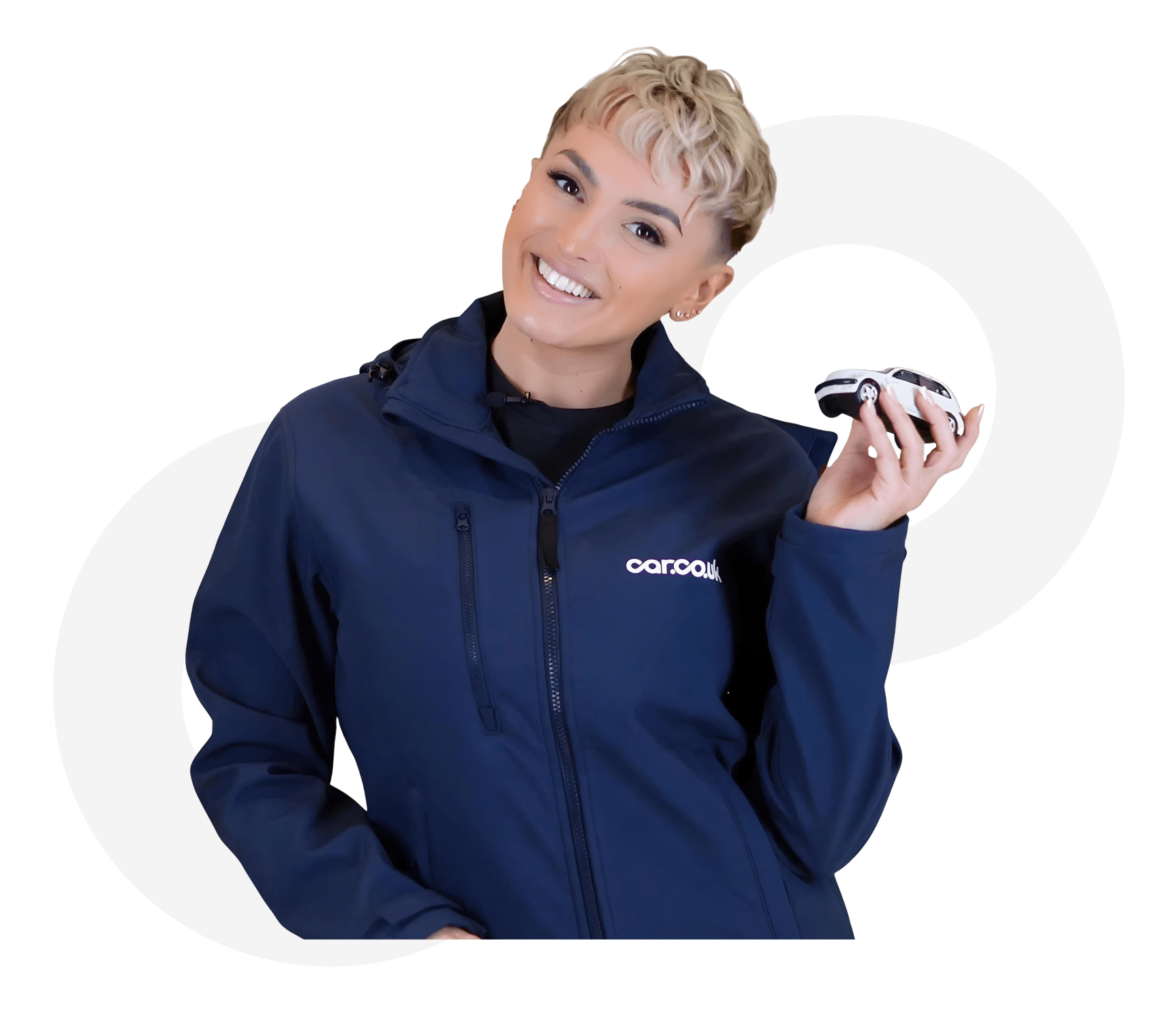
Share on
Latest news & blogs


